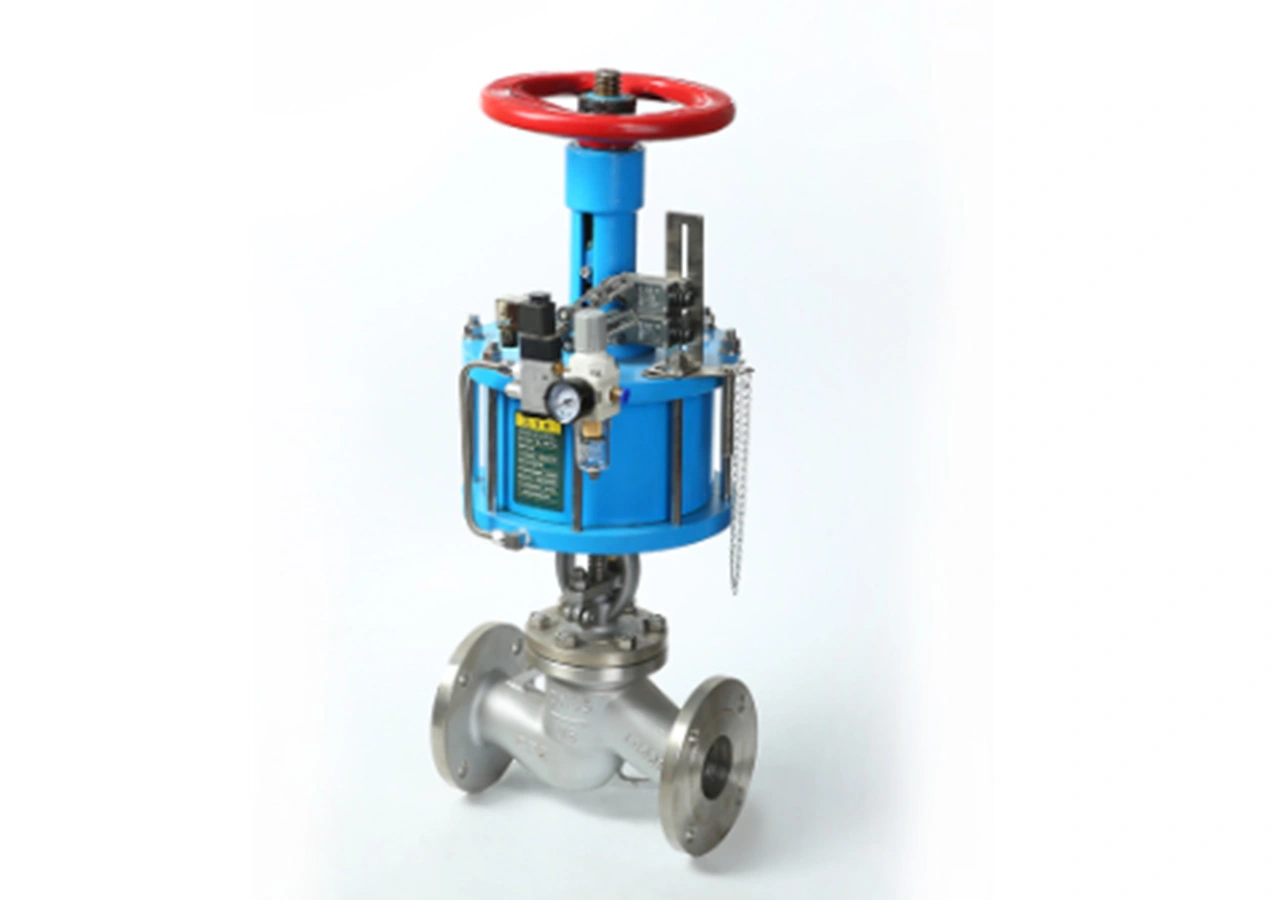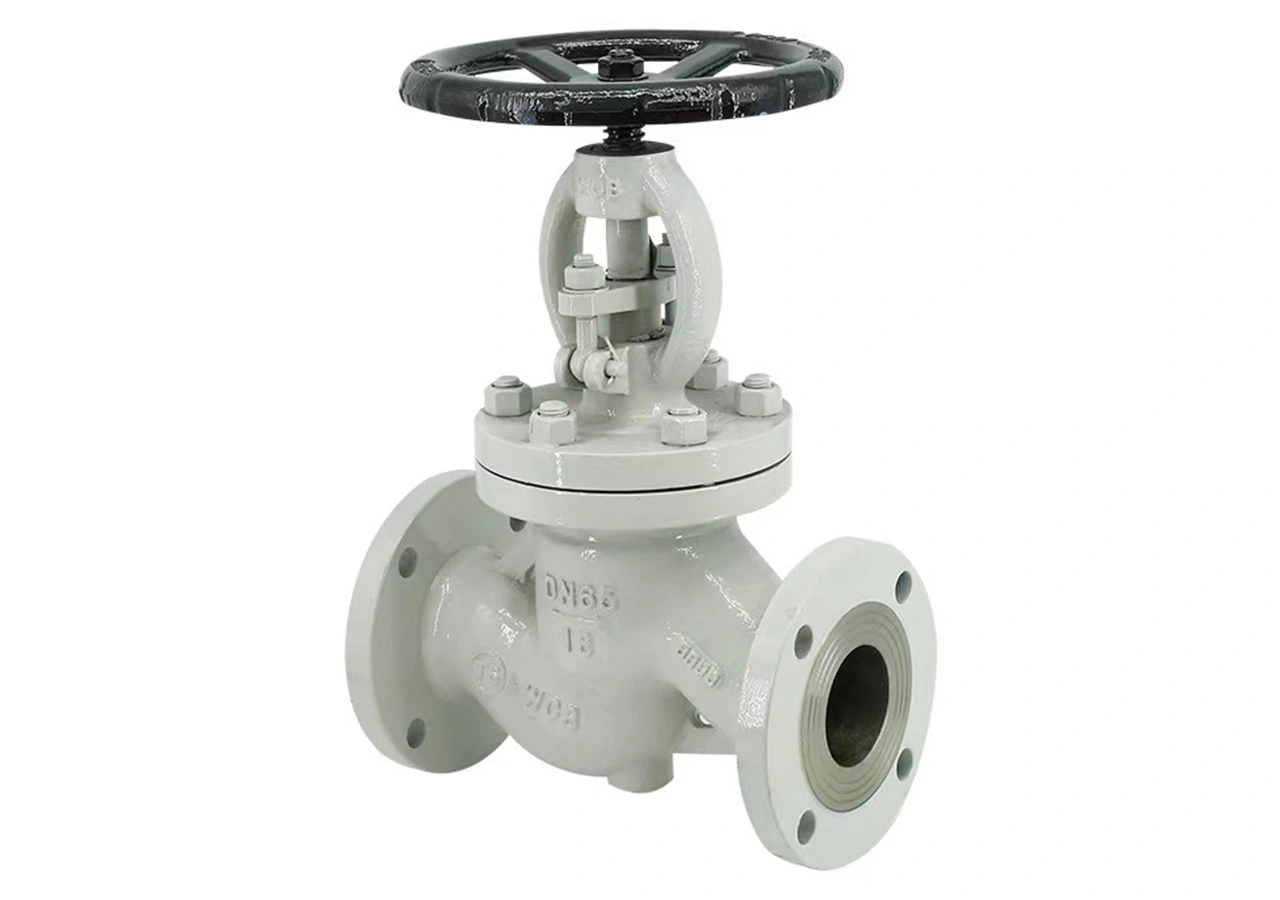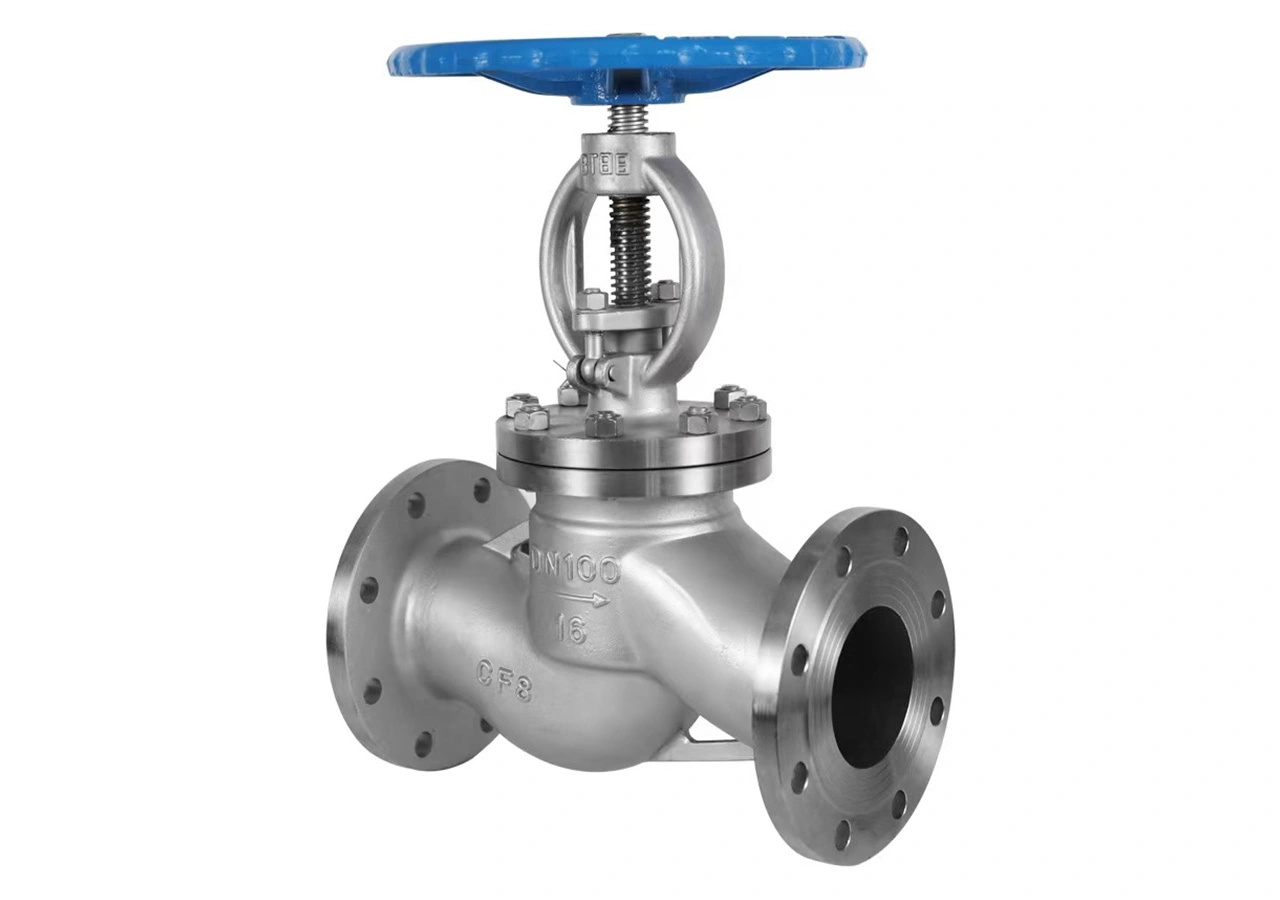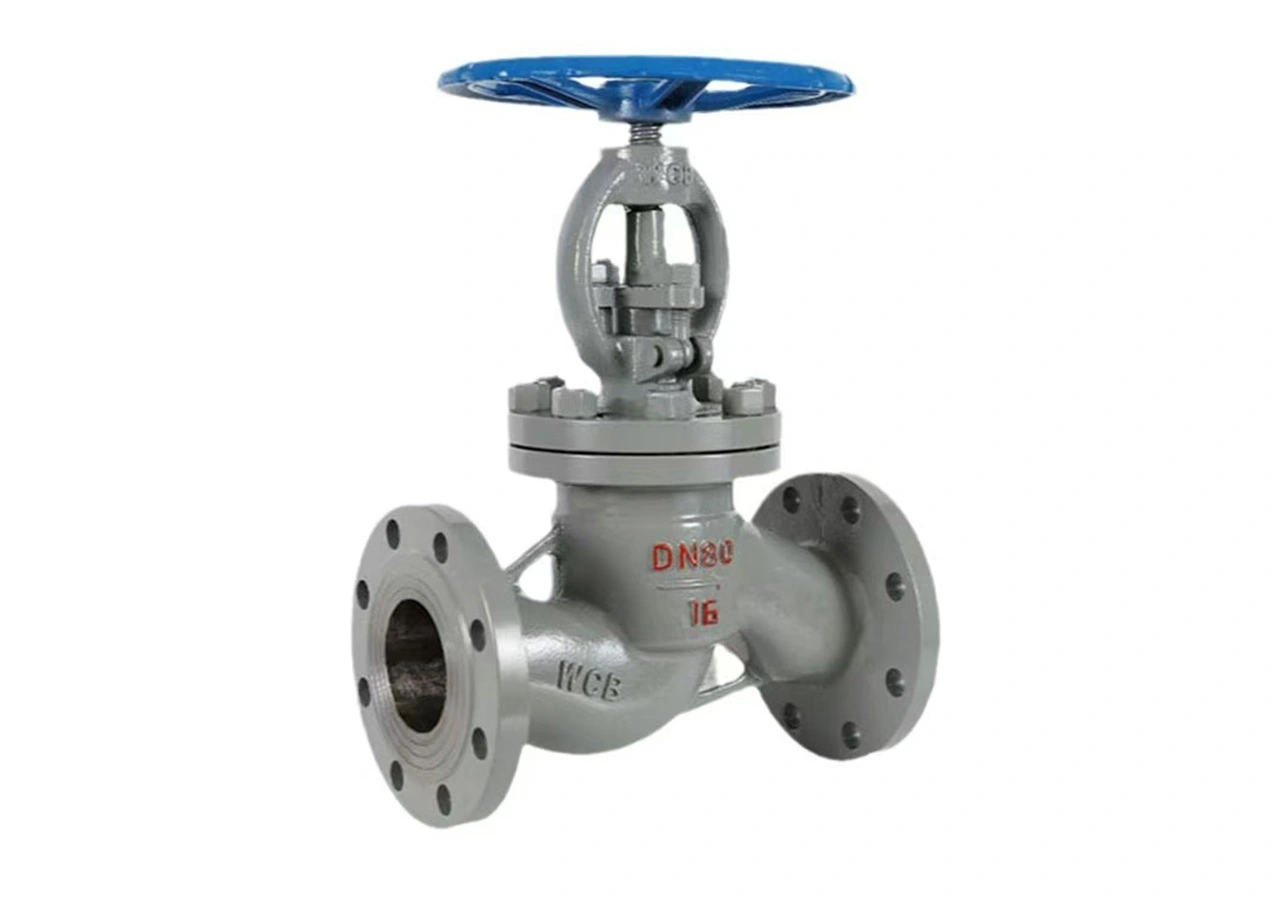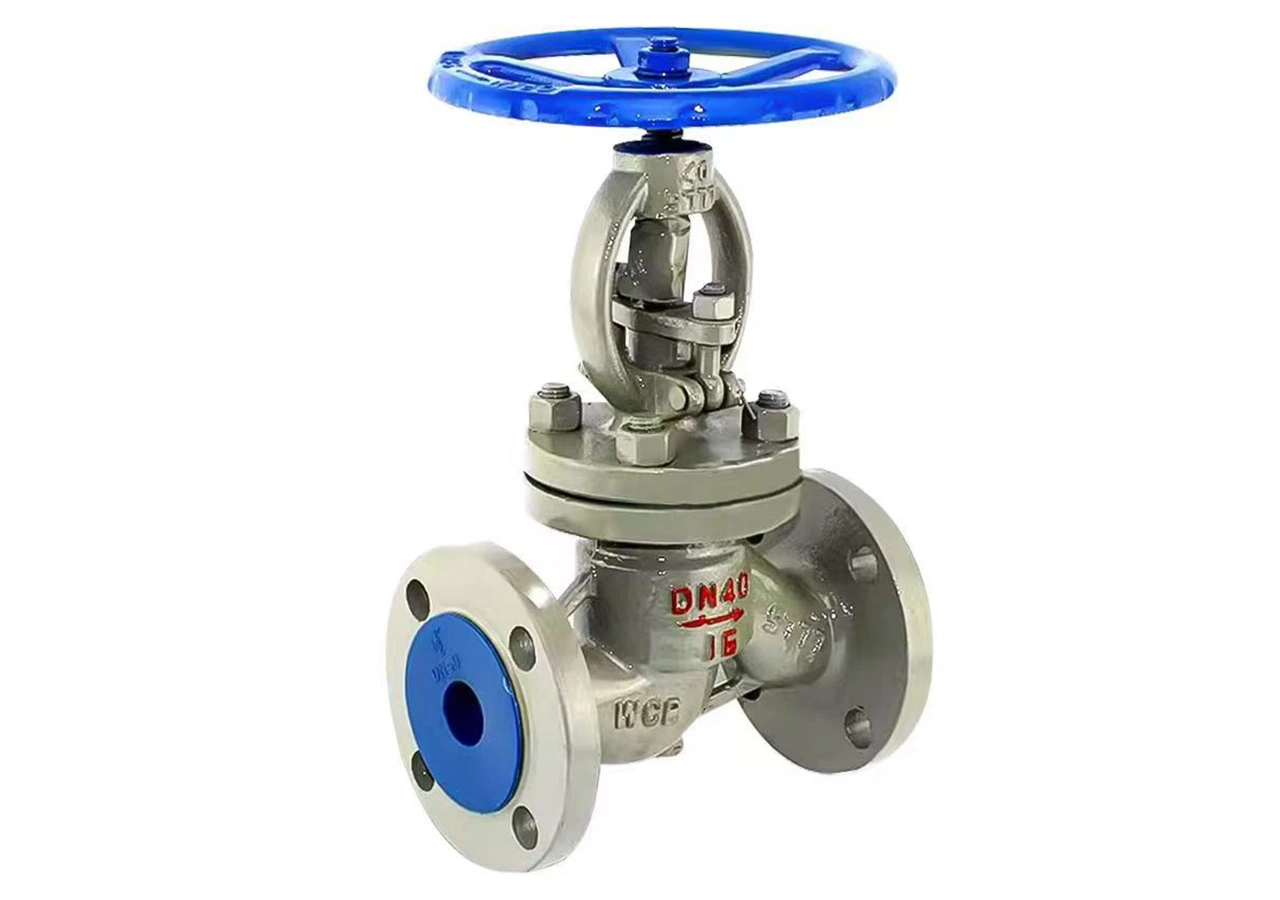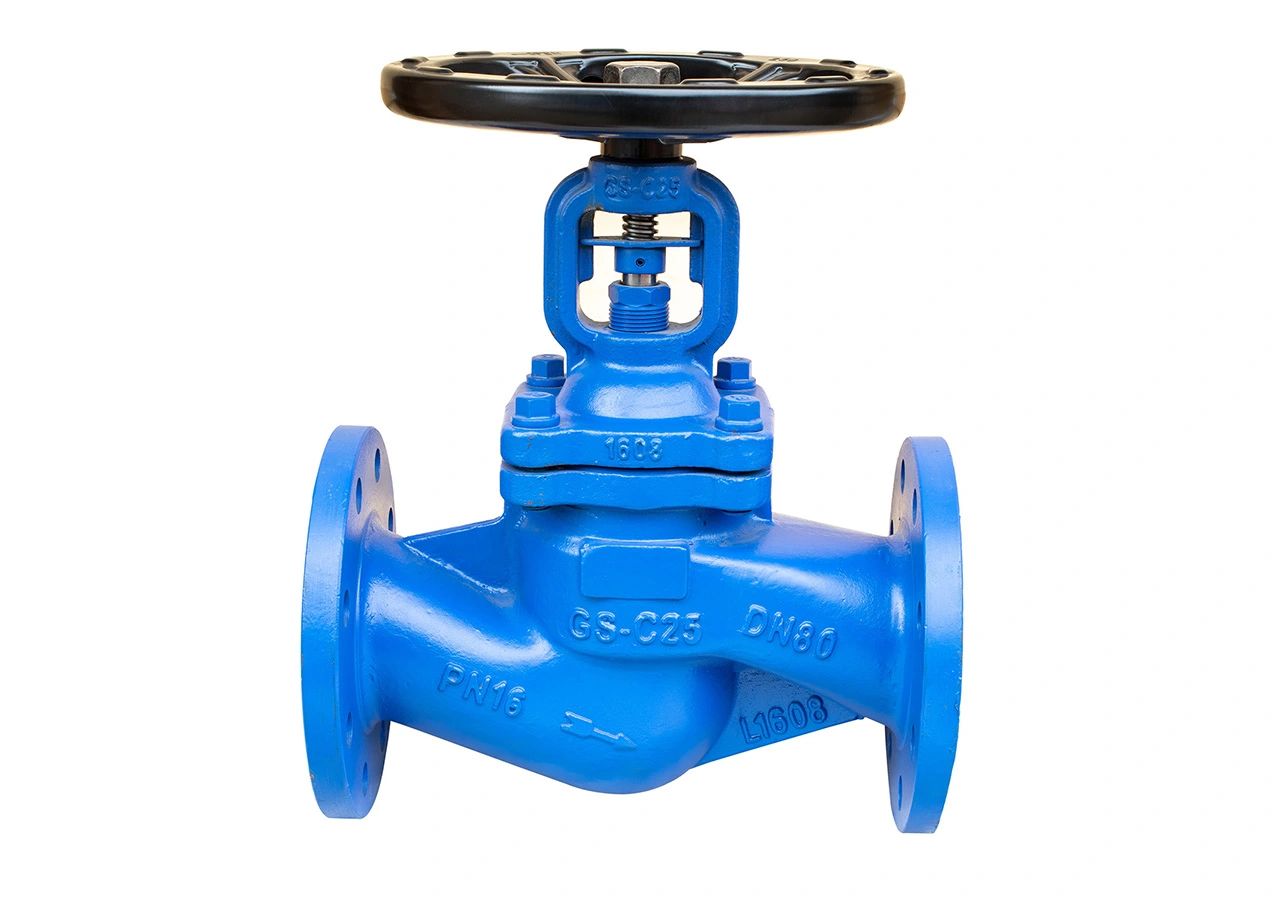The appearance of the globe valve is highly recognizable. It has a solid valve body, usually spherical or cylindrical, which is responsible for containing and guiding the fluid. The valve stem extends from the top of the valve body, and there is often a handwheel on the top of the valve stem, which is the key part of our operation of the globe valve. By turning the handwheel, we can control the opening and closing of the valve. Some globe valves are also equipped with electric or pneumatic actuators, which are full of technology and can achieve more precise and automated control.
The working principle of the stop valve is easy to understand. When the hand wheel is turned, the valve stem drives the valve core to move up and down. The valve core is like a "gate guard". When it descends and presses tightly against the valve seat, the fluid channel is cut off and the fluid cannot pass through. This is the closed state of the stop valve. When we turn the hand wheel in the opposite direction, the valve stem brings the valve core up, the fluid channel is opened, and the fluid can flow smoothly through the valve to achieve circulation.
Straight-through stop valve: The flow channel is straight and suitable for general working conditions.
Angle stop valve: The flow channel is at a 90-degree angle and is suitable for pipeline corners.
Y-type stop valve: The flow channel is Y-shaped, with small flow resistance, suitable for high flow occasions.
Bellows-sealed stop valve: It uses bellows sealing and is suitable for toxic and harmful media.
Oil and gas: for pipeline transportation and storage.
Chemical industry: for corrosive media.
Electricity: for boilers and cooling systems.
Water treatment: for water supply and sewage treatment.
Food and medicine: for sanitary occasions.
Medium type: Select the appropriate material according to the medium.
Pressure and temperature: Select the pressure and temperature resistance level according to the working conditions.
Diameter: Select the appropriate diameter according to the flow requirements.
Connection method: Select flange type, threaded type or welding type according to the pipeline connection method.
Operation method: Select manual, electric or pneumatic operation according to the needs.

 EN
EN
